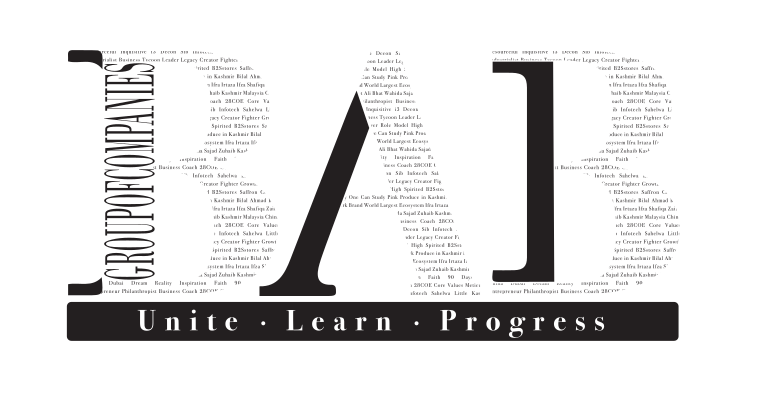In a world driven by uncertainty, disruption, and rapid change, traditional business planning is no longer enough. What worked yesterday may not work tomorrow. What was certain this morning might be obsolete by evening. This is not a warning. This is reality. And the only way to thrive in this reality is through Adaptive Planning—a transformative approach that doesn’t just prepare your business for the future, it empowers it to shape the future.
This article is not just for CEOs. It’s for every entrepreneur, startup founder, strategist, and leader who refuses to let chaos define their next move.
What is Adaptive Planning, and Why Does It Matter?
Adaptive Planning is more than just flexible thinking—it’s a strategic framework that allows organizations to quickly recalibrate based on real-time data, trends, and scenarios. It moves businesses from static annual planning to continuous, dynamic decision-making.
In a volatile economic landscape, where pandemics, supply chain issues, inflation, AI disruptions, and market shocks are the norm, Adaptive Planning is no longer optional. It is mission-critical.
Why Most Business Plans Fail — And How Adaptive Planning Fixes That
Traditional business plans often rely on fixed timelines, predictable data, and static objectives. But the world no longer behaves that way. Consumer behavior evolves overnight. Technology outpaces policy. Global events ripple into local markets within hours.
Here’s the truth:
If your business plan doesn’t evolve with change, it becomes a liability—not an asset.
Adaptive Planning gives you:
-
Scenario-Based Forecasting: Plan for multiple futures—not just the “most likely one.”
-
Real-Time Adjustments: React instantly to market signals and internal data.
-
Cross-Functional Collaboration: Break silos and empower every department to pivot together.
-
Speed & Scalability: Implement changes quickly across teams and systems.
-
Data-Driven Decision-Making: Replace instinct with evidence-based, intelligent action.
The Emotional Cost of Sticking to the Old Ways
Let’s talk about what it feels like to lead a business that isn’t adapting.
It’s waking up anxious every morning, wondering if today’s change will break your model.
It’s the exhaustion of putting out fires instead of building the future.
It’s watching your competitors grow faster, react smarter, and execute cleaner—while your strategy sits frozen.
Now ask yourself: how much longer can you afford to operate like this?
Real-World Impact: Adaptive Planning in Action
Think of companies like Netflix, who pivoted from DVDs to streaming before the market demanded it. Or Tesla, who continually adapts its supply chain, manufacturing, and AI capabilities. These companies didn’t guess the future—they built for it. That’s the power of Adaptive Planning.
Even small to medium-sized businesses can tap into this power:
-
A local restaurant uses sales data to update menus weekly.
-
An e-commerce store tests new product lines monthly based on search and engagement data.
-
A consultancy shifts service offerings quarterly based on emerging client pain points.
This is Your Call to Action: Change the Way You Plan. Today.
The next 6 months will not wait for your current plan to catch up.
-
Will you sit back and “hope it works out”?
-
Or will you build an organization that moves faster than the market?
Adaptive Planning is not just a methodology. It’s a mindset shift. A culture shift. A survival mechanism. And it starts with YOU.
Start reviewing your existing plans today. Begin building scenarios. Identify weak signals in your market. Start small—but start now.
Final Thoughts: The Future Belongs to the Prepared
The world is not slowing down. Your competitors are not waiting. Your customers are not forgiving. So don’t plan harder. Plan smarter. Plan adaptively.
Because those who adapt, lead. And those who lead, last.

